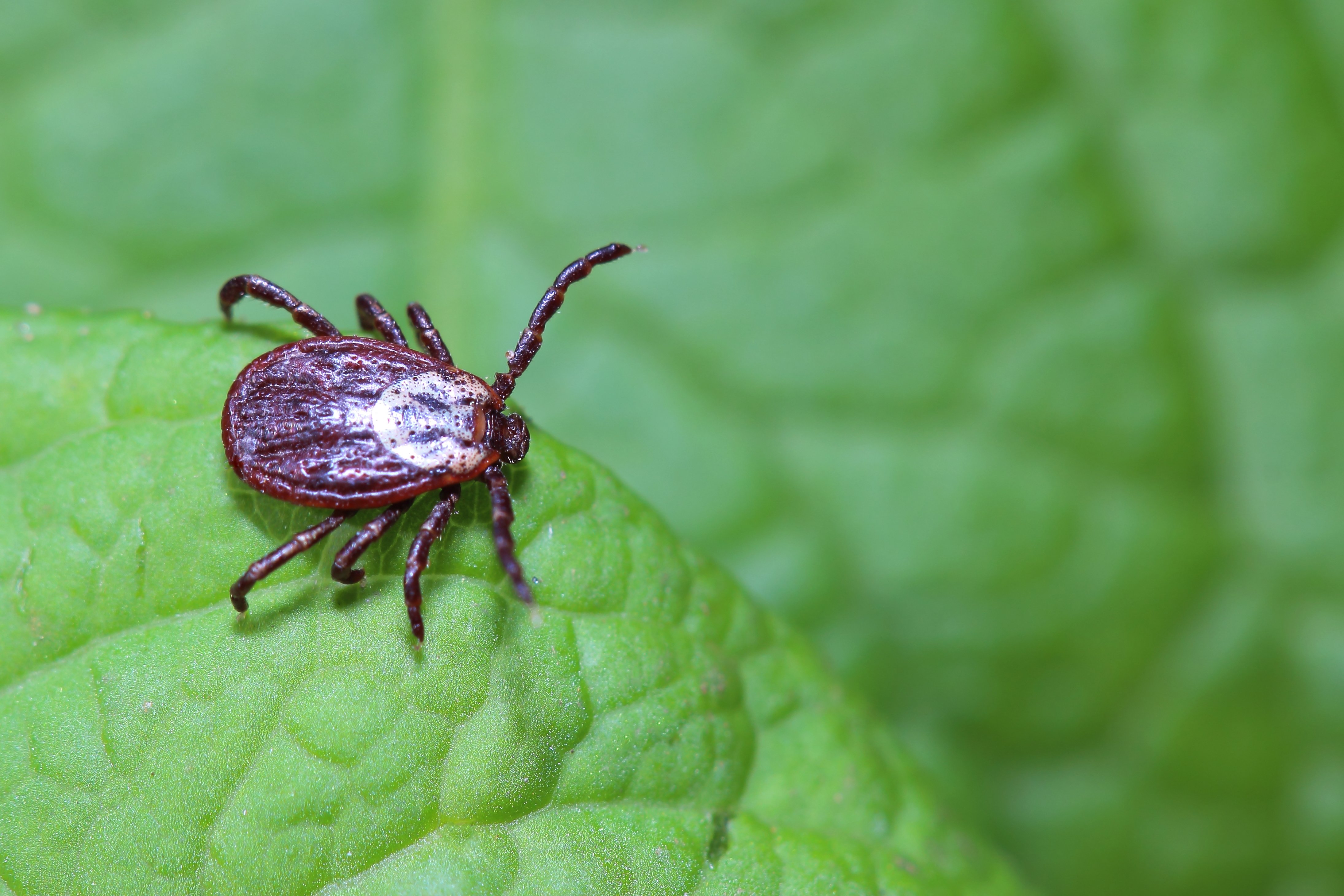Now that the state of emergency in the Czech Republic had ended, more and more people are spending time outdoors. However, after the mild winter there is expected to be a large number of ticks this year. Many of them may be infected, and as a result they can cause serious illnesses in humans, such as tick-borne encephalitis, Lyme disease or rare forms of tularemia. Dr. Jan Kábrt, head doctor at Program Health Plus, provides advice on how to minimise the risk of infection and avoid serious health problems.
Why are ticks so dangerous to the human organism?
Ticks can transmit a range of illnesses, and in the Czech Republic this mainly concerns tick-borne encephalitis or Lyme disease. It’s estimated that as many as 20% of ticks are infected and may cause diseases. Whether or not an individual is able to overcome infection depends on their immune system. Antibodies may form within the body of an infected person without any manifestations of illness, or at the other end of the scale infection may result in serious damage to the organism, with lifelong consequences.
Can you describe briefly how infection is transmitted from ticks to humans? And does this depend on how long a tick is embedded?
A tick is a type of mite, of which the Ixodidae family is dangerous. The development of a tick is complicated, lasting 2–3 years. After conceiving, the tick females lay eggs, from which larvae (nymphs) develop, and transform into adult ticks (imagos). Exposure to infected larvae is very dangerous, since due to their small size (a few millimetres) they are often unseen. The risk of transmission of disease is increased by the length of exposure to ticks, and is clearly higher if the tick is not removed within 72 hours.
It’s been said that some people attract ticks, while others repel them. Is it possible to say whether or not this is true, and if so what might cause it?
An individual perception exists that certain people are less susceptible to ticks. It’s possible that people who are resistant to ticks may be protected by some kind of endogenous (i.e. internal) repellent.
There are various different instructions on how to remove an embedded tick. What approach do doctors recommend?
Before extracting it’s not necessary to spread any solution on the tick. It’s removed using forceps; grasp it close to the skin, exert minimal pressure and carefully extract it in a swinging or rotating motion. Then destroy the tick by burning or drowning. It’s also possible to send a tick for laboratory analysis to determine whether it’s a carrier of infection. If the tick is ripped apart during removal and the head remains in the wound, it’s necessary to extract it carefully with forceps or special pincers. Regular solutions are then used for disinfecting, for example Jodisol or Ajatin.
How long should people monitor the area where the tick was embedded?
It’s necessary to check the area from where the tick was removed for several days, at least one week. A warning sign is above all the formation of a red, sharply defined mark, which spreads to the periphery and whitens in the centre. This may be a sign of “erythema migrans”, a frequent manifestation of infection by Borrelia burgdorferi, which causes Lyme disease.
Diseases from ticks are dangerous in that they may be without pronounced symptoms. What signs should people look for to tell them that they may be infected and should see a doctor?
Tick-borne encephalitis is a viral disease with a two-phase course. The average incubation period is one week. In the first phase the complaints are similar to flu, with slight headache and low temperatures, in the second week there’s a pronounced worsening of the condition, with losses of consciousness and other neurological symptomatology. In the early stage, Lyme disease is mostly accompanied by erythema (red mark with whitening), sometimes with flu-like symptoms, and in its subsequent disseminated form may lead to disorders of the locomotor, nerve or cardiovascular system. In the case of both diseases, infection may take place without symptoms, and is demonstrable only by laboratory test with an increased concentration of antibodies.
Can you advise us on effective methods of prevention?
For prevention of the onset of Lyme disease, after exposure to a tick it’s recommended to use a single dose of ATB – 200 mg doxycycline. The prevention against tick-borne encephalitis is the FSME vaccine. A total of 3 vaccinations are required, the second dose is given 1–3 months after the first, and the third after an interval of 5–12 months. Re-vaccination should take place after 3–5 years. Vaccination should begin in the winter months, because ticks are active and infectious at the beginning of spring.
Various repellent preparations or wristlets, as well as other natural insect repellents are used are used as prevention. Is this protection sufficient?
To reduce the risk it’s suitable to use insecticide repellents containing a DEET substance, which are available over the counter. After returning from a risk location, it’s recommended to take a bath and check the body visually.
How much protection does vaccination give? When is the best time to undergo vaccination, and how long does protection last?
No vaccine is available against Lyme disease. The FSME vaccine against tick-borne encephalitis is very effective, and it’s necessary to begin vaccination in the winter. Unfortunately, the vaccination rate in the Czech population is several times lower than in Austria, for example, and this is a result of unfounded fears of vaccination due to distorted information about the risks.
Thank you for the interview.
Foto: Depositphotos.com

